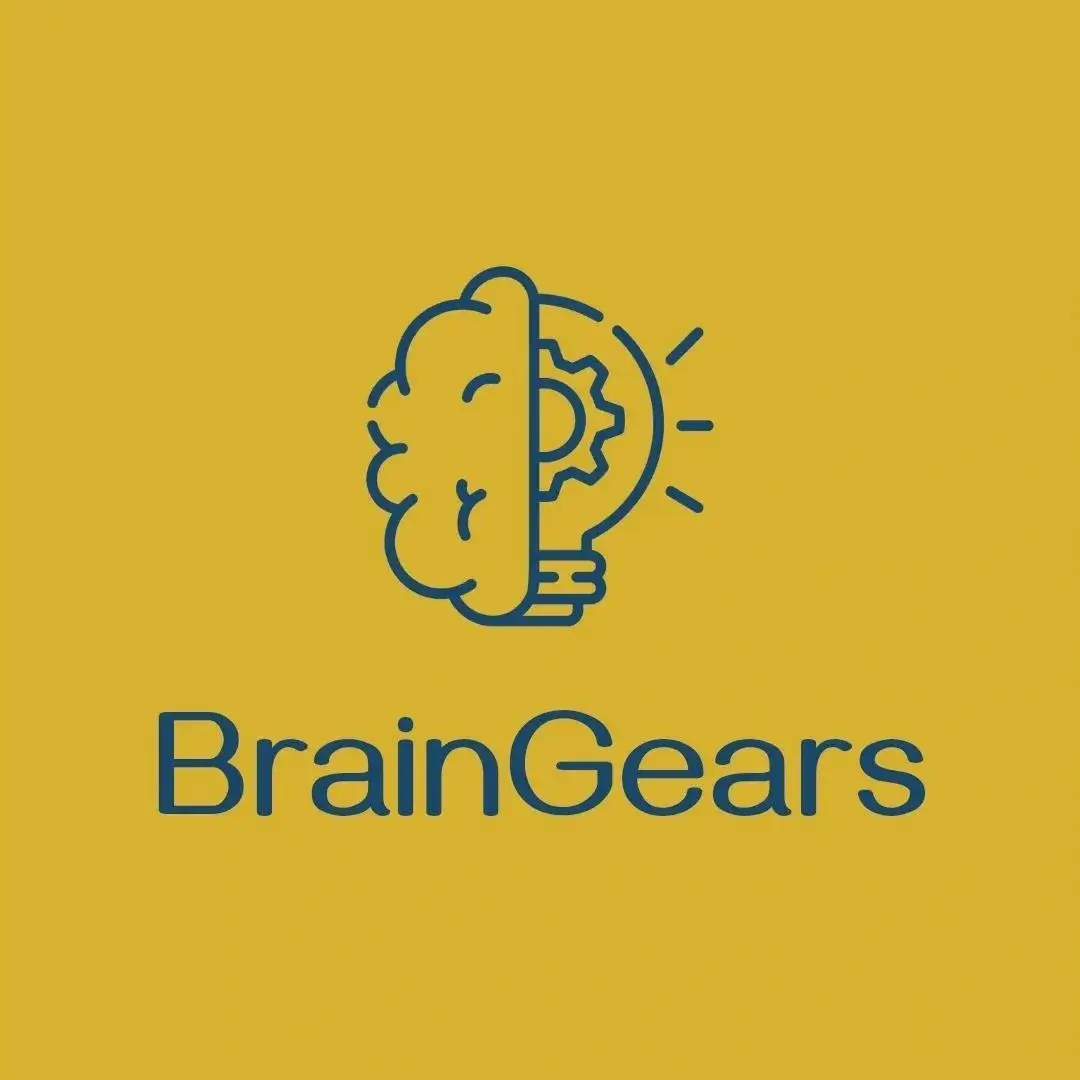Depression or Not?
When Your Brain’s Alert System Goes Offline: Understanding Low Locus Coeruleus Function
The Locus Coeruleus: Your Brain’s Alert Manager
The locus coeruleus (LC) serves as your brain’s “smart alert manager,” controlling alertness, attention, and arousal levels while producing norepinephrine, a key neurotransmitter for focus and motivation (Garcia-Rill et al., 2013). When functioning optimally, the LC provides calm alertness, appropriate stress responses, good attention control, and emotional stability.
How Low LC Function Mimics Depression
Overlapping Symptoms
When the LC becomes underactive, it produces symptoms that closely mirror major depression:
- Emotional flatness or disconnection – reduced ability to experience positive emotions
- Difficulty concentrating – impaired attention and focus
- Low motivation – decreased drive to engage in activities
- Feeling like moving through fog – cognitive sluggishness and mental fatigue
- Reduced interest in previously enjoyable activities – anhedonia-like symptoms
Research indicates that LC dysfunction contributes to attention-deficit/hyperactivity disorder through “deficits in attentional processing” and emotional regulation difficulties (Bush, 2010). Similarly, the LC’s role in connecting emotions to memory and learning means that when it’s underactive, individuals may struggle with both cognitive and emotional processing in ways that appear depressive.
The Misdiagnosis Problem
The overlap between LC hypofunction and depression can lead to misdiagnosis because both conditions present with:
- Reduced motivation and energy
- Cognitive difficulties
- Emotional dysregulation
- Sleep disturbances
- Difficulty experiencing pleasure
However, the underlying neurobiological mechanisms differ significantly. Depression often involves complex serotonergic and other neurotransmitter imbalances, while LC hypofunction specifically involves noradrenergic deficiency and arousal regulation problems. An SSRI will not help if your LC is low.
The LC-ACC Connection: A Vicious Cycle
How Low LC Leads to High Obsessive/Racing Thought Activation
The relationship between low LC function and elevated areas of the brain that is responsible for obsessive and racing thoughts creates a problematic feedback loop:
Reduced Cognitive Control: When the LC fails to provide adequate norepinephrine to support attention and arousal, these neural networks must work harder to maintain cognitive control and emotional processing (Etkin et al., 2011). This compensatory hyperactivation can push function above the critical 40% threshold identified in Emotional Integrative Therapy (EIT).
Impaired Network Communication: The LC normally helps coordinate communication between different brain networks. When it’s underactive, some neural networks become isolated and overworked, leading to the “emotional thinking loops” described in the EIT course where individuals get stuck processing emotions without accessing broader perspective.
Default Mode Network Intrusion: Research shows that LC dysfunction affects the brain’s ability to switch between focused attention and rest states (Corbetta et al., 2008). When the LC can’t maintain proper alertness, the default mode network (DMN) becomes hyperactive, forcing the neural networks to work overtime trying to manage intrusive thoughts and rumination.
The 40% Rule and LC Function
EIT keeping these neural network activation below 40% to prevent anxiety and maintain access to self-awareness. Low LC function makes this nearly impossible because:
- Compensatory Hyperactivation: The neural networks must compensate for inadequate arousal from the LC
- Sustained Effort: Without proper LC support, even routine cognitive tasks require excessive neural network involvement
- Emotional Dysregulation: The LC-neural network circuit becomes dysregulated, leading to persistent emotional processing
Life/Work Balance and LC Function (Check out the blog posts under True North for discussion on ways our lives can get out of balance)
The Stress-Recovery Cycle
The LC responds sensitively to life balance disruptions. Research indicates that chronic stress affects LC function through multiple pathways:
Chronic Stress Effects: Prolonged activation of stress systems can lead to LC exhaustion, similar to adrenal fatigue. EIT notes that “when this brain system isn’t functioning properly, people may need more help from others and feel like outside forces control their lives.”
Work-Life Imbalance Impact: When individuals lack adequate recovery time, rewarding activities, and social connection, the LC’s normal rhythm becomes disrupted. The system that should provide calm alertness during work and relaxed awareness during rest becomes chronically underactive.
Social Connection Deficit: The LC receives input from social and reward circuits. The manual emphasizes that LC dysfunction may require “more help from others” and recommends “enjoyable tasks with others” as intervention strategies.
Recovery Through Purposeful, Rewarding Activity
Evidence-Based Interventions for Low LC Function
Purposeful, Rewarding Activities
Research supports activity-based interventions for LC stimulation:
Behavioural Activation: Studies show that engaging in meaningful, rewarding activities can help restore noradrenergic function. Kong et al. (2016) found that structured physical activities like Tai Chi can modulate brainstem networks including LC-related pathways.
Social Engagement: EIT specifically recommends “enjoyable tasks with others” for underactive LC, noting that social connection helps activate positive attention networks. This aligns with research showing that LC function improves with social reward and connection (Hirschberg et al., 2017).
The 6Rs Approach for LC Stimulation
For underactive LC, EIT recommends emphasizing specific aspects of the 6Rs technique:
Rewarding and Relational Focus:
- Choose slightly more energizing activities like dancing or brisk walking
- Practice gratitude to activate positive attention networks
- “Go for a fast walk with a friend, listing all the things you are grateful for”
Social Implementation:
- “Ask supportive people to join in some of the activities if your LC is running low”
- Implement suggestions from relationship-building modules
- Focus on meaningful human connections rather than solitary activities
Breaking the LC-Neural Network Cycle
Effective intervention requires addressing both systems simultaneously:
- LC Stimulation: Through rewarding, energizing activities that provide appropriate arousal
- Neural Network Regulation: Using techniques to prevent emotional thinking loops and maintain the 40% threshold. A major goal in the EIT course.
- Life Balance Restoration: Creating sustainable patterns that support natural LC rhythm
Clinical Implications and Treatment Considerations
Differential Diagnosis
Mental health professionals should consider LC dysfunction when patients present with:
- Depression-like symptoms that don’t respond to traditional antidepressants
- Specific complaints about feeling “foggy” or disconnected
- History of chronic stress or work-life imbalance
- Paradoxical worsening with some antidepressants (particularly those that don’t address noradrenergic function)
Integrated Treatment Approach
Rather than treating apparent “depression” with traditional approaches alone, addressing LC dysfunction requires:
- Lifestyle interventions focusing on activity and social connection
- Attention to work-life balance and stress recovery
- Recognition that pharmaceutical interventions may need to target noradrenergic rather than primarily serotonergic systems
Conclusion
Low LC function represents a distinct neurobiological condition that can be mistaken for depression due to overlapping symptoms. The interconnection between LC hypofunction and neural network hyperactivation creates a problematic cycle that maintains cognitive and emotional difficulties. Understanding this relationship allows for more targeted interventions focusing on purposeful, rewarding activities and life balance restoration rather than traditional depression treatments alone. This interaction and solution for balancing out and integrating these systems is explained in the EIT course.
The key insight is that what appears to be depression may actually be an alert system that has gone offline, requiring activation rather than mood stabilization. By recognizing this distinction, individuals can pursue more effective interventions that address the root neurobiological dysfunction. For more information, see our EIT course.
References
Bush, G. (2010). Attention-deficit/hyperactivity disorder and attention networks. Neuropsychopharmacology, 35(1), 278-300. https://doi.org/10.1038/npp.2009.120
Corbetta, M., Patel, G., & Shulman, G. L. (2008). The reorienting system of the human brain: From environment to theory of mind. Neuron, 58(3), 306-324. https://doi.org/10.1016/j.neuron.2008.04.017
Etkin, A., Egner, T., & Kalisch, R. (2011). Emotional processing in anterior cingulate and medial prefrontal cortex. Trends in Cognitive Sciences, 15(2), 85-93. https://doi.org/10.1016/j.tics.2010.11.004
Garcia-Rill, E., Kezunovic, N., Hyde, J., Simon, C., Beck, P., & Urbano, F. J. (2013). Coherence and frequency in the reticular activating system (RAS). Sleep Medicine Reviews, 17(3), 227-238. https://doi.org/10.1016/j.smrv.2012.06.002
Hirschberg, S., Li, Y., Randall, A., Kremer, E. J., & Pickering, A. E. (2017). Functional dichotomy in spinal- vs prefrontal-projecting locus coeruleus modules splits descending noradrenergic analgesia from ascending arousal and anxiety. eLife, 6, e29808. https://doi.org/10.7554/eLife.29808
Kong, L. J., Lauche, R., Klose, P., Bu, J. H., Yang, X. C., Guo, C. Q., … & Cheng, Y. W. (2016). Tai chi for chronic pain conditions: A systematic review and meta-analysis of randomized controlled trials. Scientific Reports, 6, 25325. https://doi.org/10.1038/srep25325


